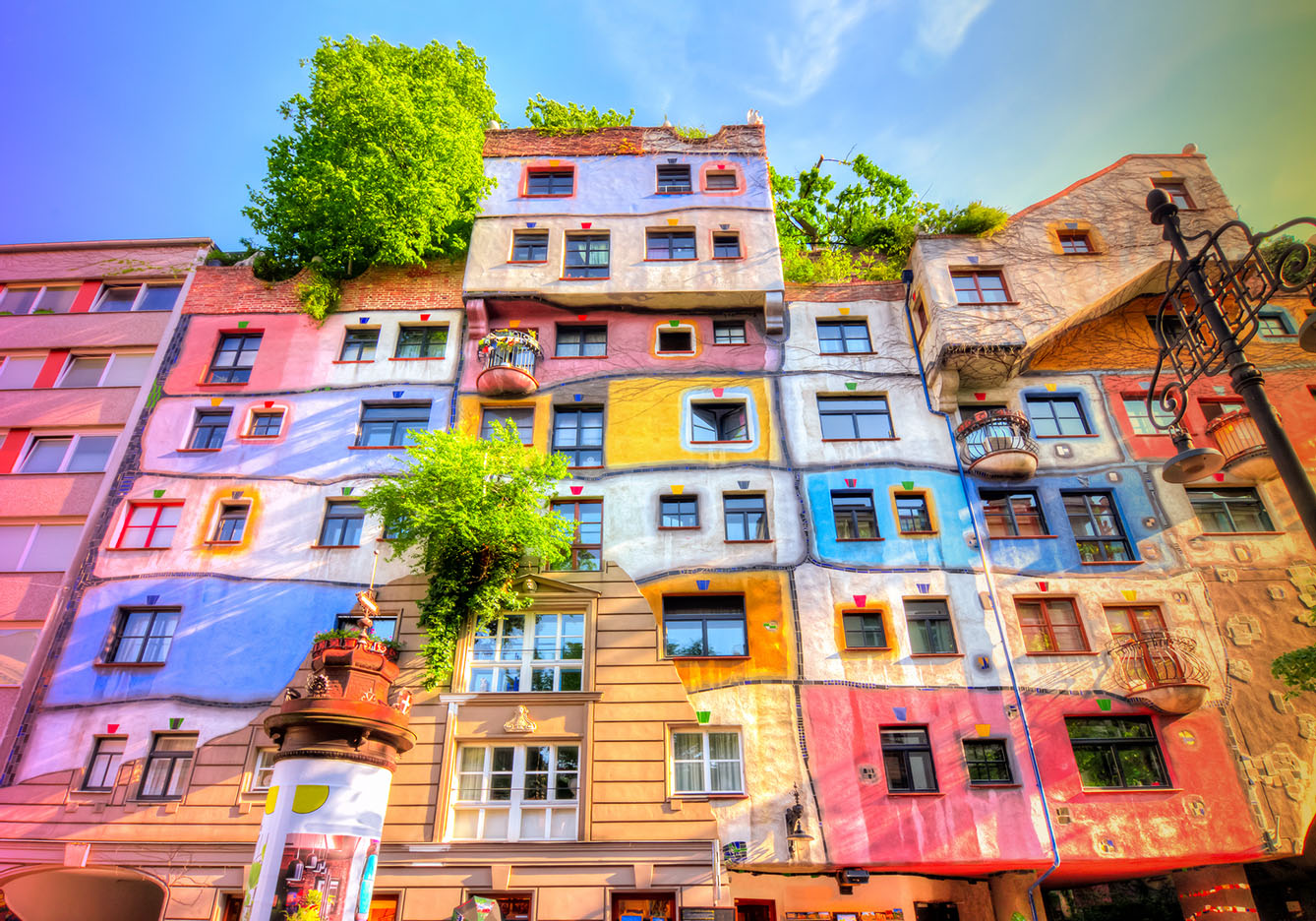The majority of Central and Eastern European countries have observed significant economic growth in the last 30 years largely thanks to a shift from inefficient centrally planned economic systems into economies relying on the private sector. Most of the region’s countries joined the EU in the 2000s, giving several benefits.
Housing prices in Europe
First, they became beneficiaries of the EU budget – not to mention that the subsidies received were more significant than the contributions made. Second, they became a part of the European Single Market, guaranteeing free movement of goods, capital, services, and people. Third, European integration played a significant role in the inclusion of the region’s countries into the global economic supply chains.
The combined effect led to significant economic growth. However, this development also caused housing prices to increase. The observed housing prices are still significantly lower than those in countries like the United Kingdom, France, and Germany.
According to Numbeo, the cheapest house prices in Europe, more specifically the least expensive capital cities in the CEE region in terms of housing are Riga, Bucharest, and Sofia. In all of them, an apartment costs less than EUR 1,500 per square meter on average. On the other end of the ranking, there are Bratislava, Prague, and Vienna. In each of these cities, the average price per square meter is higher than EUR 3,300. However, Vienna is a true outlier in this comparison, with an average square meter price of EUR 5,663.
Housing prices in post-Soviet countries
The comparison shows some interesting patterns. Riga was the only non-Balkan capital with average housing prices below 2,000 euros per square meter. In most of the region’s capitals, average housing prices fall between 2,000 euros and 3,000 euros per square meter. The only cities significantly above the 3,000 euros threshold are Bratislava, Prague, and Vienna.
The author believes that a few factors can explain this particular issue. First, Vienna is a notably more expensive city in which housing prices are more comparable to such cities as Amsterdam and Stockholm. Austria was not a part of the Comecon block of former Soviet countries, and as a result, its economy is more integrated with Western Europe. The case of the Slovakian capital is interesting as well. It is located close to Vienna – it only takes about an hour to travel from one city to another. It is possible that some people decided to work in the Austrian capital and live in Bratislava.
The causation becomes less obvious when it comes to the Czech capital. However, Czechia is one of the richest former Comecon participants. The Czech capital is known for its long history and attracts a lot of tourists. It also serves as an important centre of services. Both of these factors may contribute significantly to the housing prices observed in Prague.
Will the housing prices stay low in those cities? It is impossible to know the answer. However, unless a significant economic downturn is about to happen, the prices are likely to converge to the levels observed in the Western European cities.
If you are interested in the European economic situation, be sure to also read the article on unicorns in Europe, i.e. brilliant start-ups.







